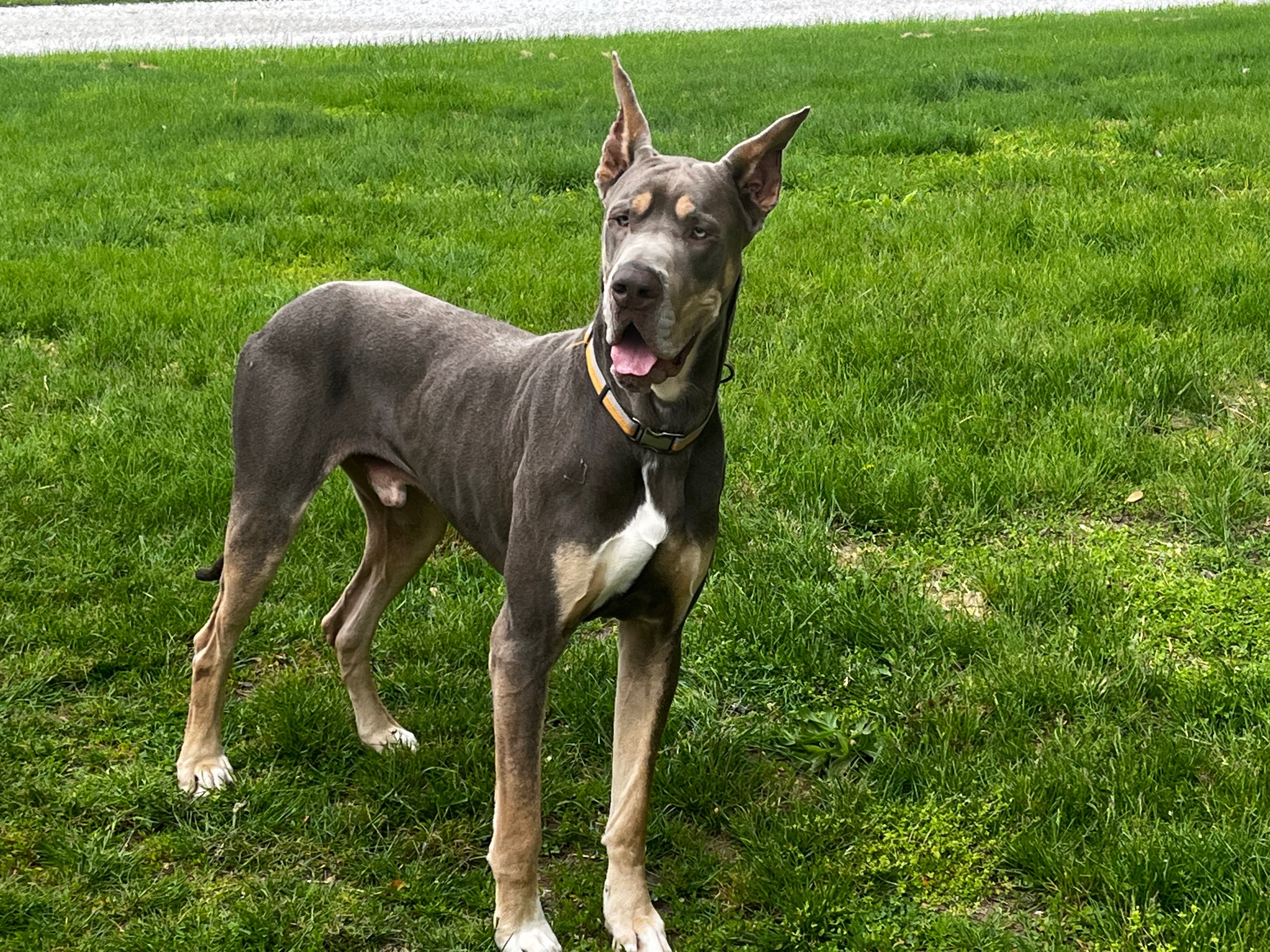Enrichment and playtime for a happier dog
- Heather Grabbe
- May 21, 2022
- 4 min read

By Dr. Mikel Delgado, PhD
All dogs benefit from daily activities that provide them with mental stimulation and physical exercise. Activities that keep your dog busy, encourage species-typical behaviors, and promote the happiness of your dog, are often referred to as enrichment. Each dog’s enrichment needs will be different, but we’re here to help you get started, no matter what stage of life your dog is at!
Puppies need enrichment!
Generally speaking, dogs are highly motivated to engage in species-typical behaviors like chewing, digging, chasing, or retrieving. Puppies are learning about their environment and are highly motivated to explore with their mouths and paws.They will require appropriate toys, daily exercise, and regular playtimes to give them an outlet for these behaviors.
As soon as puppies' eyes and ears are open, they are learning about their environment. Puppy enrichment boxes and activity centers are play structures, often made of PVC pipes and dangling dog toys that can be chewed or manipulated. The toys are within puppy’s reach, and can be adjusted or changed out as your puppy grows. These are a great way to offer your puppy different textures and sounds to explore.
Enrichment for life!
Throughout your dog’s life, you will want to provide them with several different types of enrichment activities to help promote natural behaviors and keep them happy. You may have to try different toys or games to see what your dog responds to best, and introduce new ideas throughout their lifetime to keep them engaged! Here are some broad categories of enrichment activities with ideas to help you get started.
Social enrichment
Many dogs are highly social and enjoy opportunities to engage with other individuals, especially humans and other dogs! Dog parks and play groups can be a great opportunity for dogs to have positive interactions with other dogs (if they are dog-friendly). If your dog isn’t interested in playing with other dogs, they may enjoy socializing with you (or a dog walker!). Trips to the park, beach, and hikes are fun physical activities that most dogs can enjoy. You can also bond with your dog via playtime, positive reinforcement training, or gentle massage. If your dog seems to have challenges with social activities (seems fearful, overstimulated), check in with your veterinarian or a behavior professional for guidance.
Sensory enrichment
Provide your dog with opportunities to take advantage of all of their amazing senses. Try toys and bedding with different textures to allow your dog to explore new tactile experiences. Music made for dogs may be soothing and enjoyable for some; other dogs may even enjoy videos (yes there are streaming channels for dogs!). And don’t forget your dog’s exquisite sense of smell - a “sniff-ari” walk allows your dog to determine the pace and direction of a walk, all guided by their nose and interests! Nosework is a game where your dog is trained to find hidden odors in exchange for treats, which also taps into your dog’s hunting instincts.
Problem-solving & Food Puzzles
Mental exercise is just as important as physical exercise. Giving your puppy opportunities to enrich their mind is important for healthy development and growth. One of the best ways to keep your pup busy is by encouraging them to forage for food using food puzzle toys. Food puzzles require your dog to interact with an object to extract food, for example, by rolling a ball around, allowing pieces of kibble to fall out. Even something as simple as hiding treats in different places in a room and allowing your dog to search for them can provide mental stimulation.
Puzzle toys and problem-solving opportunities challenge your puppy, provide them a positive outlet for their energy, and lead to improved cognitive ability — and who doesn’t want a smarter puppy?
Training and sports
Some dogs (and their owner) thrive with more organized activities, such as agility training, the aforementioned nosework, or flyball. These dog sports require an investment of time and energy (not to mention some specialized equipment), but can be a great way to build a relationship with your dog based on fun and teamwork!
Playtime
Play helps your dog develop social skills, provides exercise, and offers a constructive release for their puppy energy. It’s also an important way to establish — and maintain — a connection between you and your dog.
Tug of war, chase and fetch, and frisbees are all fun ways to play with your dog. Many dogs also enjoy interactive “flirt poles” - sticks with rope attached and a lure tied to the end. You move the flirt pole so your dog can chase the lure.
Solo play toys
Many dogs enjoy balls, chew toys (such as Nylabones and Kongs), and squeaky toys that they can play with when they are alone.
Safety first!
Avoid small items that your puppy could choke on
Do not offer your dog toys with strings, ribbons, or small parts that could be chewed off
The toy should be appropriate for your dog’s age and size, and ideally tested for safety
Check toys regularly for damage
Supervise your dog with new toys or objects to be sure they are safe
Use supervision as needed
Check with your vet if you still have questions about safety
Dogs with orthopedic problems, arthritis, or other mobility issues will need low-impact activities
Enrichment should be fun!
Remember that enrichment is supposed to be fun and engaging for your dog. If your dog seems fearful or stressed, that might not be the right activity for them. Every dog will be different in their preferences for play and activity. Get creative, give your dog time to test things out, and try new toys to see what really floats your dog’s boat!




Comments